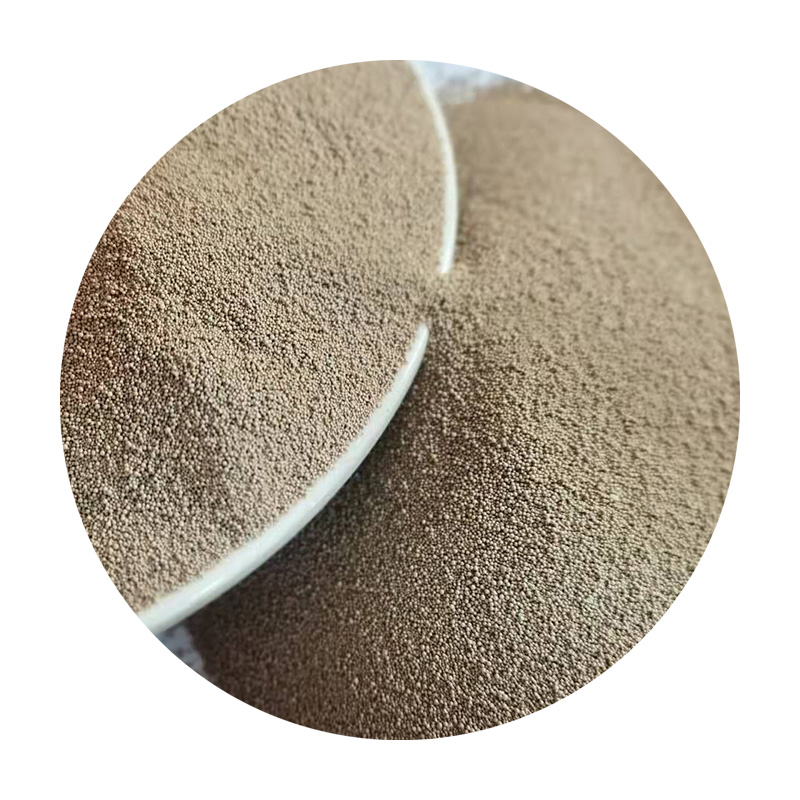High Volume Sand Casting A Comprehensive Overview
High volume sand casting is a manufacturing process widely utilized in the metalworking industry, particularly for producing large quantities of metal parts with complex geometries. This technique combines efficiency, cost-effectiveness, and versatility, making it ideal for various applications across multiple sectors, including automotive, aerospace, and industrial machinery.
What is Sand Casting?
Sand casting is a casting process that involves creating a mold from a mixture of sand, clay, and water, which provides the desired shape for the metal components. The process begins with the creation of a pattern, typically made of metal or plastic, that is used to form a cavity in the sand mixture. Once the pattern is removed, molten metal is poured into the cavity to create the final part.
High volume sand casting refers to large-scale production runs, often requiring hundreds or thousands of parts to be produced concurrently. This method is particularly advantageous when compared to other casting methods, such as investment casting or die casting, due to its lower startup costs and the ability to work with a wide range of alloys.
Advantages of High Volume Sand Casting
1. Cost Efficiency High volume sand casting is one of the most cost-effective methods for producing metal components, especially for large runs. The materials required for sand molds are relatively inexpensive, and the reusable nature of the core materials makes it economically viable for manufacturers.
2. Versatility Sand casting can accommodate a diverse range of materials, including ferrous and non-ferrous metals. This flexibility allows manufacturers to produce parts using various alloys tailored to specific application requirements.
3. Complex Geometries High volume sand casting can produce complex shapes that would be difficult or impossible to achieve with other manufacturing techniques. The ability to create intricate designs makes this process standard in industries where precision and performance are critical.
4. Large Part Production This casting method excels in producing large parts. Foundries can create molds that cater to substantial components, ensuring a seamless process for high-demand needs.
5. Scalability High volume sand casting is inherently scalable. As the demand for a particular part increases, it is easy to ramp up production by adjusting workforce shifts or optimizing foundry operations without requiring significant changes to the infrastructure.
high volume sand casting

The High Volume Sand Casting Process
The high volume sand casting process involves several key steps
1. Pattern Making A pattern is created, replicating the desired component. This pattern can be made from various materials, including wood, metal, or plastic, depending on the complexity and volume needed.
2. Mold Preparation The pattern is used to create a sand mold. The sand is mixed with a binding agent and packed around the pattern. Once the mold is formed, the pattern is removed, leaving a cavity.
3. Core Creation If the part requires hollow sections or undercuts, cores made of sand or metal are inserted into the mold cavity.
4. Pouring Molten metal is carefully poured into the mold, filling the cavity created by the pattern.
5. Cooling and Solidification After the metal has been poured, it is allowed to cool and solidify, forming the final part.
6. Mold Removal and Finishing Once cooled, the mold is broken apart to retrieve the cast part. After removal, additional finishing processes may be applied, such as sandblasting, machining, or other surface treatments to meet the desired specifications.
Conclusion
High volume sand casting stands out as a robust manufacturing process that balances performance, cost, and adaptability. Its ability to produce high-quality parts in large quantities has established it as a staple in the production strategies of many industries. As technology advances, the methods and practices in high volume sand casting continue to evolve, paving the way for even more innovative applications and efficiencies in the metal casting domain. By choosing this method, manufacturers can ensure they meet the demands of the market while maintaining high standards of quality and efficiency in their production processes.
Post time:ഡിസം . 12, 2024 10:15
Next:buy sand casting
